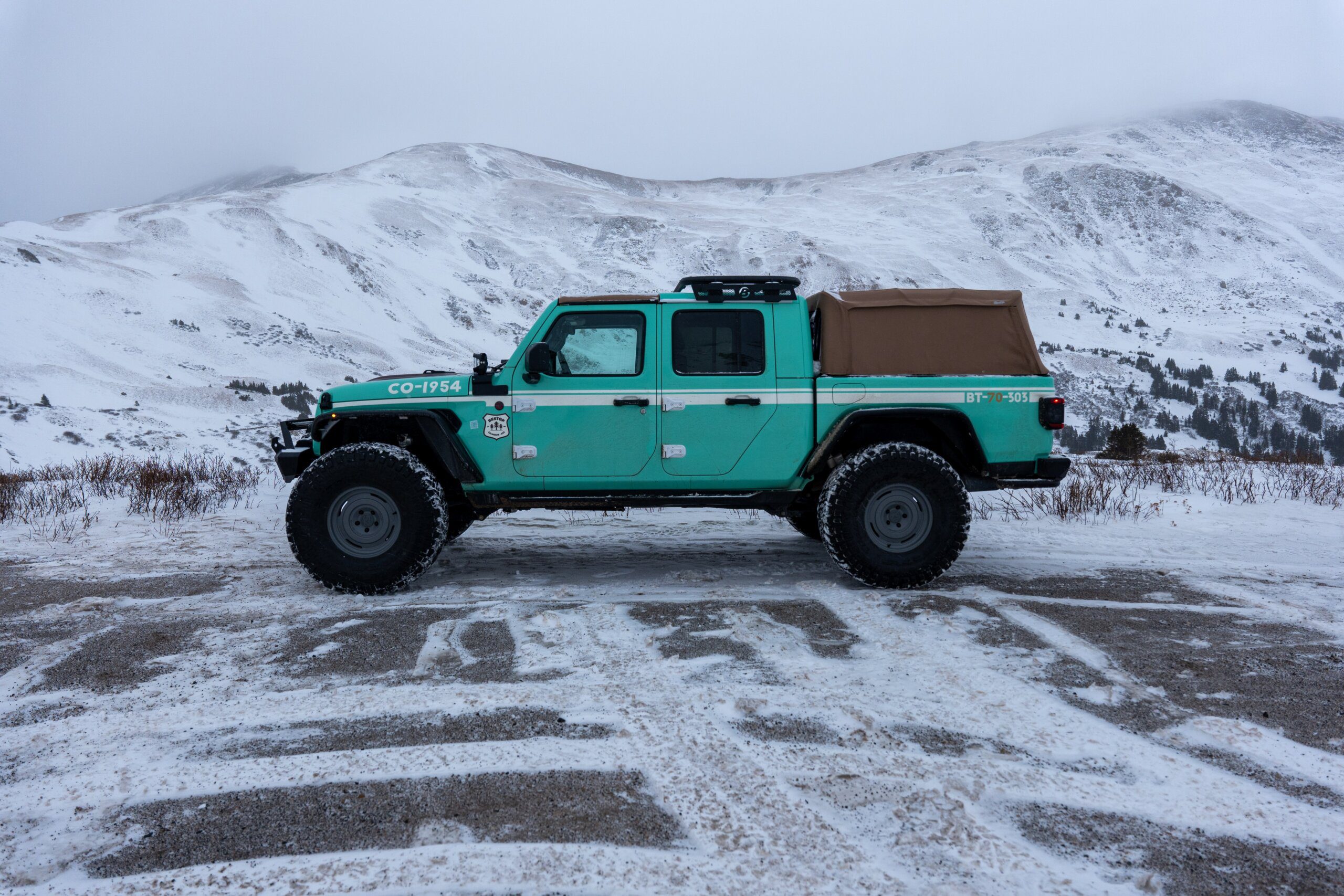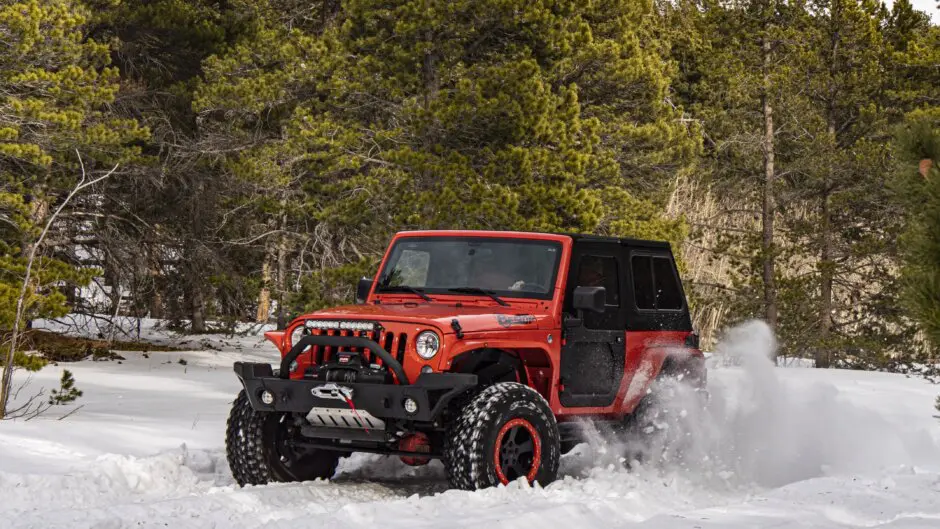
I can see you there now, perhaps relaxing in your favorite chair near a wood stove, swiping through Bestop’s amazing Insta feed, or reading a gripping adventure travelog – maybe Ernest Shackleton’s miraculous escape from Antarctica, or Anatoli Boukreev’s harrowing account of the 1996 Everest tragedy. It’s cozy, and the soft flickering glow from the stove wards off the biting winds swirling outside. Perhaps you’re even daydreaming about your next overland or off-road trip… maybe when things warm up.
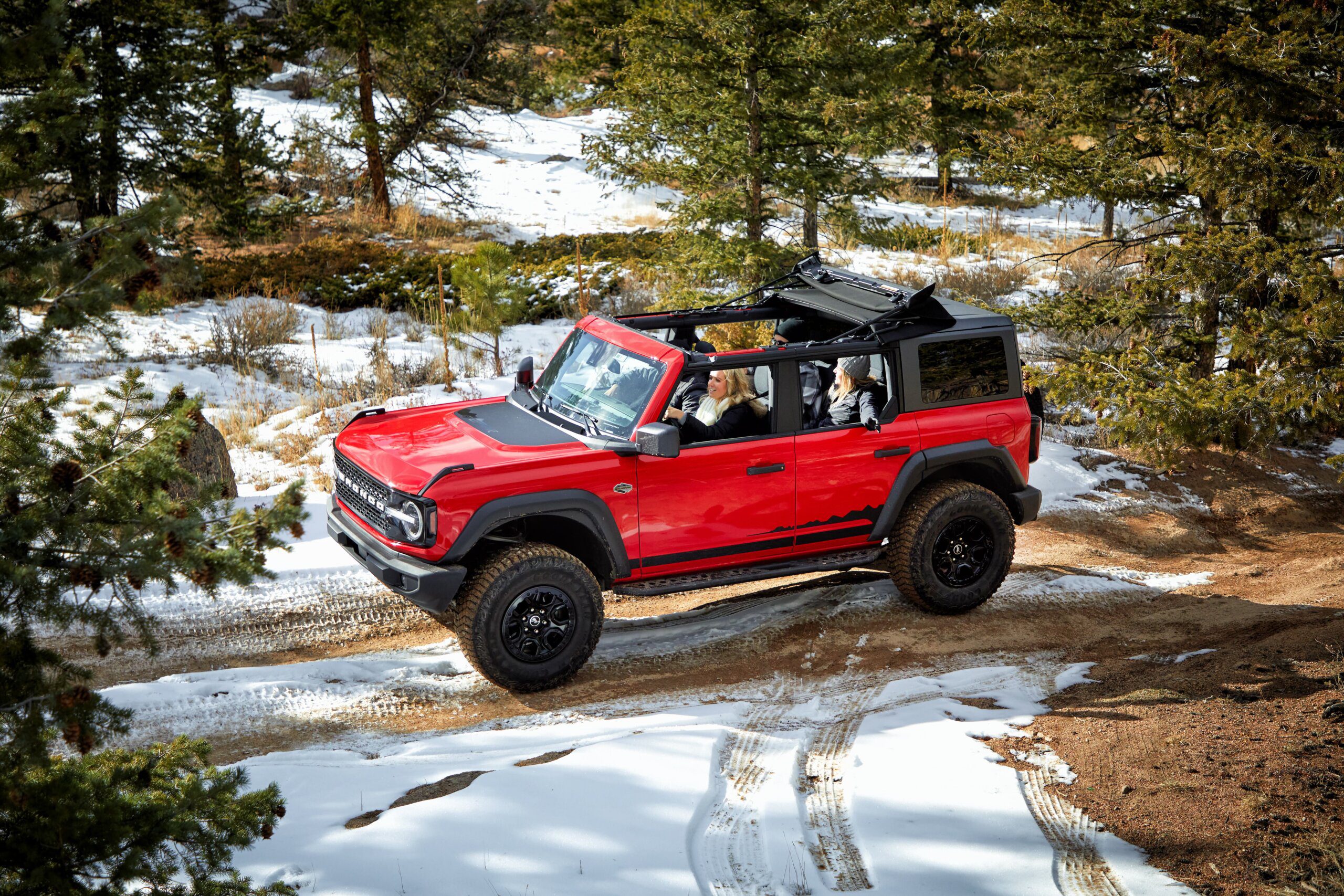
But what if I told you you didn’t need to wait for spring’s thaw? A winter overland or 4WD adventure is uniquely rewarding. It takes a little bit of extra planning, and some particular kinds of preparation, but it opens a whole new world of exploration. But you don’t need to saddle up all the way for Tuktoyaktuk to have a cold-weather overland journey of your own, even if you drive a Jeep or a Bronco with a soft top.
Winter conditions present a certain set of challenges that require some careful planning and specialized equipment. You will need to take into consideration your vehicle’s needs as well as your own in ways that a summer trip might not require. This dance with Old Man Winter takes a lot of preparation, so we’ll take a look at cold weather travel in two parts – here we’ll go over your vehicle, and next, we’ll talk about preparing you and your crew for a great experience.
There are five major areas to address when getting your rig ready for a winter trip: prepping your vehicle’s insides and exterior, electricals, fluids, traction, and recovery.
Warmth and Protection – Inside and Out
It’s no surprise that colder temperatures and the damp, ice, and road salts from winter weather all do a number on both the interior and exterior of your vehicle. It may seem like a repetitive chore to constantly be washing your rig in the winter, but it’s key to keeping corrosive and abrasive materials off the chassis and the finish, and is especially important for those of us with Jeeps or Broncos that have soft tops. A specifically formulated cleaner and protectant for these fabrics will keep your top looking like new for many seasons to come.
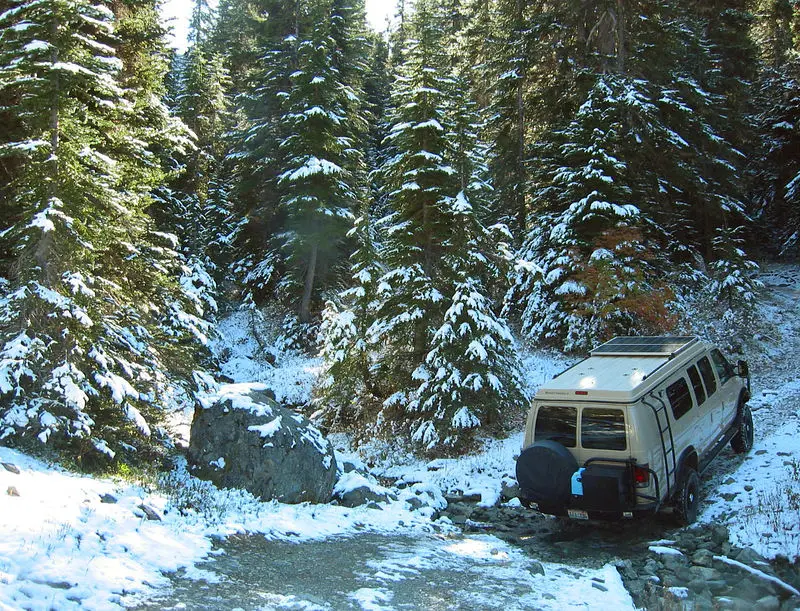
Setting up defenses for your interior is equally important – robust rubber or composite floor mats and cargo liners, as well as tight-fitting custom seat covers keep grit and moisture away from carpeting and seating surfaces. And, if your Wrangler is feeling a little bit drafty these days, now is the perfect time to upgrade to a new rugged top that fits properly and includes options like a defrosted rear window and wiper, like Bestop’s Trektop Pro Hybrid.
Electrical Systems
Cold weather is hard on batteries, no matter their construction. Make sure yours sits at the proper voltage (12.4-12.7 volts), and kicks up to 14 volts or more when the engine is running. Carrying a portable battery jump pack and jumper cables can save your trip if your battery dies. Check the condition of your lights, particularly your headlights, as travel in the dark and low visibility conditions is much more likely in winter. You can consider a high quality LED light bar or driving lights, but remember to use them only off-road.
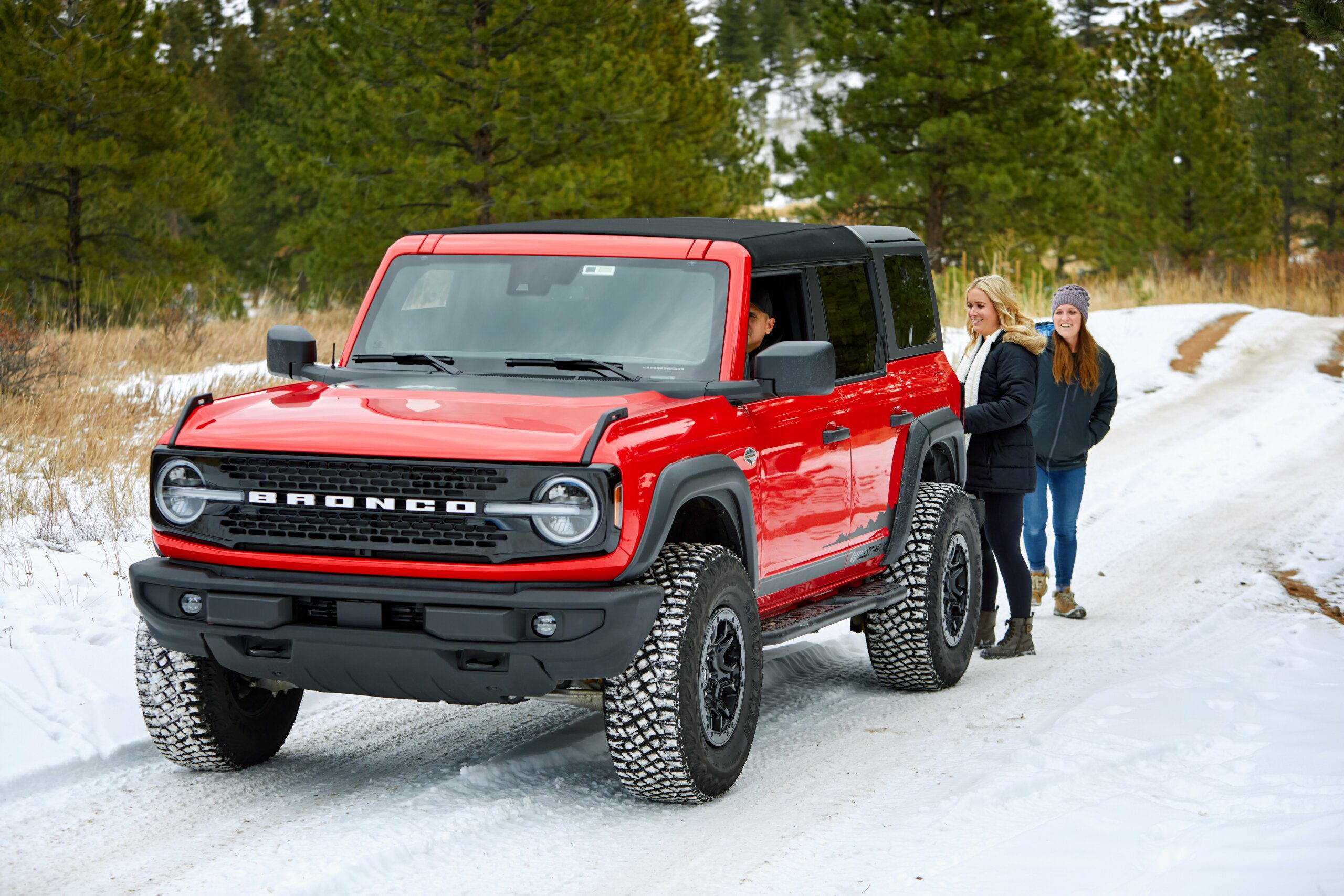
Your house or auxiliary battery, if you have one, also suffers in colder weather. Lithium batteries can stop working altogether at extremely low temperatures. Measure the health of your house battery as you would your main battery, and keep an eye on the power you draw. Due to the very nature of winter, if you rely on solar power to keep your battery topped up, you may need to recalculate your charging cycles. With shorter days, lower-angle sunlight, and often overcast weather, solar panels will drop in efficiency. You can consider adding a portable solar panel to compensate for the lost photons. Because they’re more easily moved, you can adjust them to catch the rays more directly as the sun moves low across the sky.
Vehicle Fluids
Have your engine coolant tested to make sure it’s within the specifications required by the manufacturer for the low temperatures you might expect. Remember, coolant also keeps you warm by circulating through your heater core, so its condition is doubly important to consider for winter travel. Coolant testers are inexpensive, and available at any auto parts store. Visually and physically inspect the condition of your radiator and heater hoses – there should be no cracks, excessive softness, or rusty clamps. And, make sure your thermostat is functioning properly.
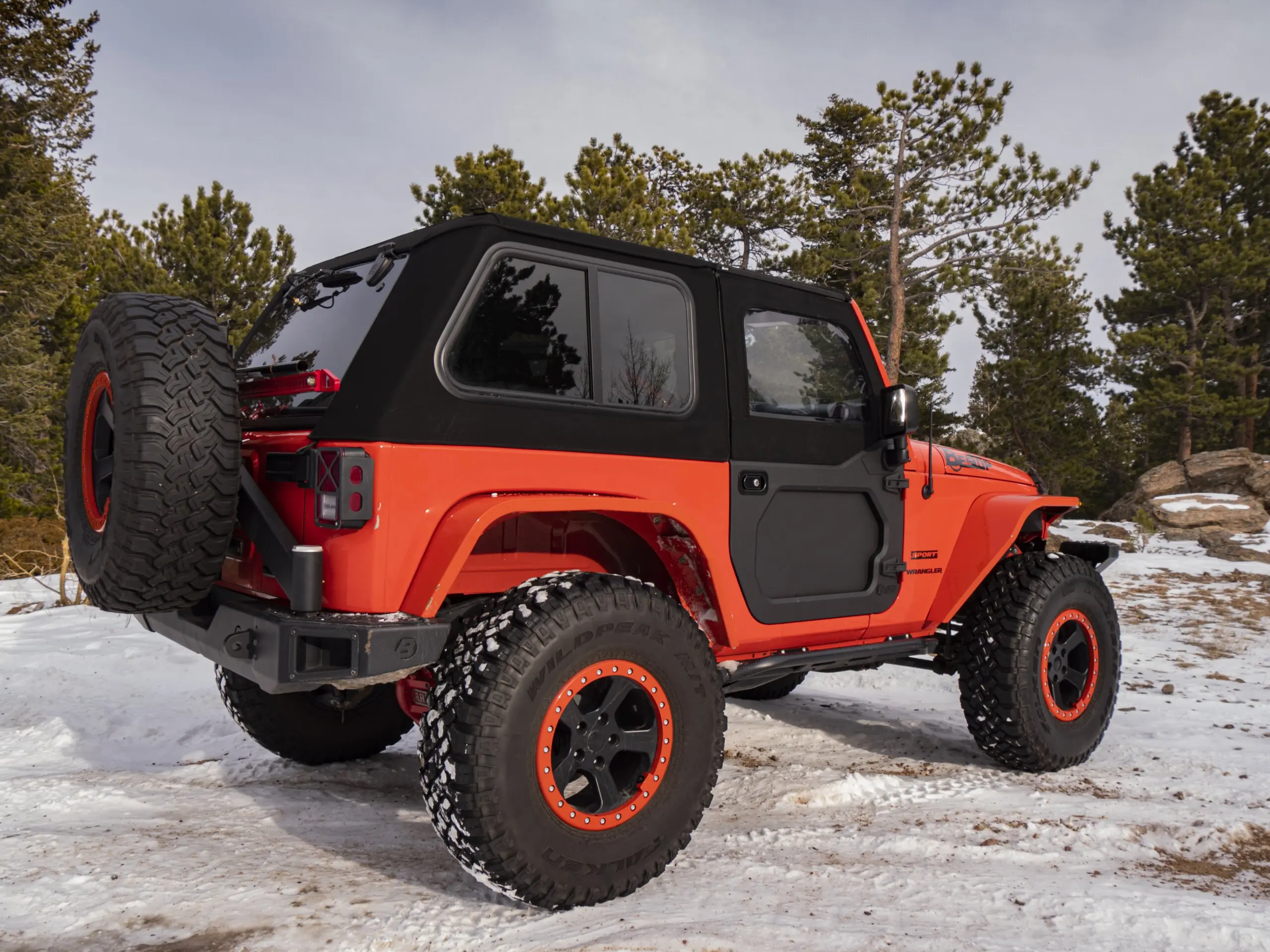
Low temperatures are also hard on lubricating fluids, especially your engine oil. Check to see that your oil’s weight and grade are within range for your particular vehicle, also specified by the manufacturer. In general, lighter weight oils distribute through the engine more efficiently in cold weather, saving wear and tear on engine internals, and guarding against hard starts. Drivetrain lubrication normally won’t need to be swapped out for freezing temps, but be sure to check their condition and level – in the differentials and your transmission. And don’t forget the washer fluid! Keeping your windshield, and in the case of many SUV’s, your rear window clear in winter road conditions requires a lot more washer fluid than it does in summer.
Tires
Traction is another major consideration. On our off-road vehicles most of us run either all-terrain or mud-terrain tires. Nearly all these tires, regardless of brand, are rated for “mud and snow” (the M+S designation stamped on the sidewall of your tire). However, they are not all created equal.
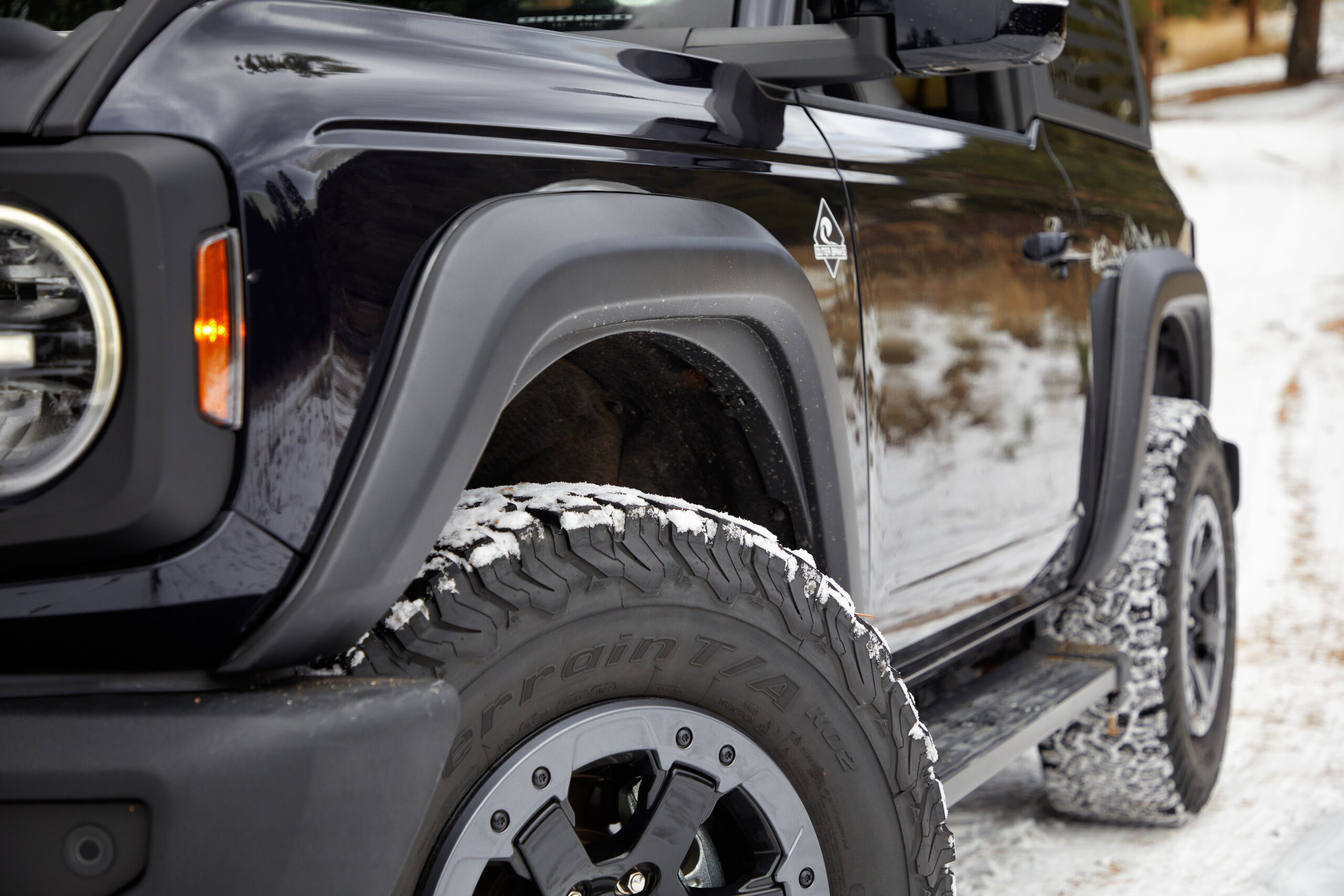
Most mud-terrain tires will struggle in icy and snowy conditions – their large tread blocks designed to shed mud efficiently and dig deep for traction on sloppy trails can have a hard time gripping on ice and packed snow. All-terrain tires do better on this front, especially those that have a high degree of siping – small grooves cut into tread blocks that create more flexibility for the tire’s traction surface, and more surface area for cold-weather grip. All-terrain tires tend to have softer rubber compounds as well, which contribute to maintaining pliability as temperatures plunge.
Some all-terrain tires are actually rated for snow traction, symbolized by the “Three Peak Mountain Snowflake” stamped in the sidewall, and many can also be studded for even greater levels of traction on snow-packed roads and trails. Remember that correct tire pressures are key to maintaining good traction for all road conditions regardless of the season, so carrying an accurate tire pressure gauge and a compressor is key. Be sure to confirm the good condition of that spare tire, too.
Recovery
Lastly, you need to be prepared for vehicle recovery – both in terms of your equipment and knowledge. Slippery roads and deep snow are variables that can make recovery situations in winter more likely than in summer on the very same roads. A reliable and easy to use set of tire chains is nearly a must for remote travel in winter. Practice installing them and removing them before you load up and leave for the trails.
Traction boards can also be useful for getting a vehicle unstuck, and they’re quite good for shoveling snow as well. Of course, a regular shovel is important to have along – ones with rectangular or delta shaped blades, tend to be more efficient for moving large quantities of the white stuff. Of course, a variety of tow and snatch straps, and their accompanying hardware, like shackles, should be a standard part of your recovery kit, no matter the season.
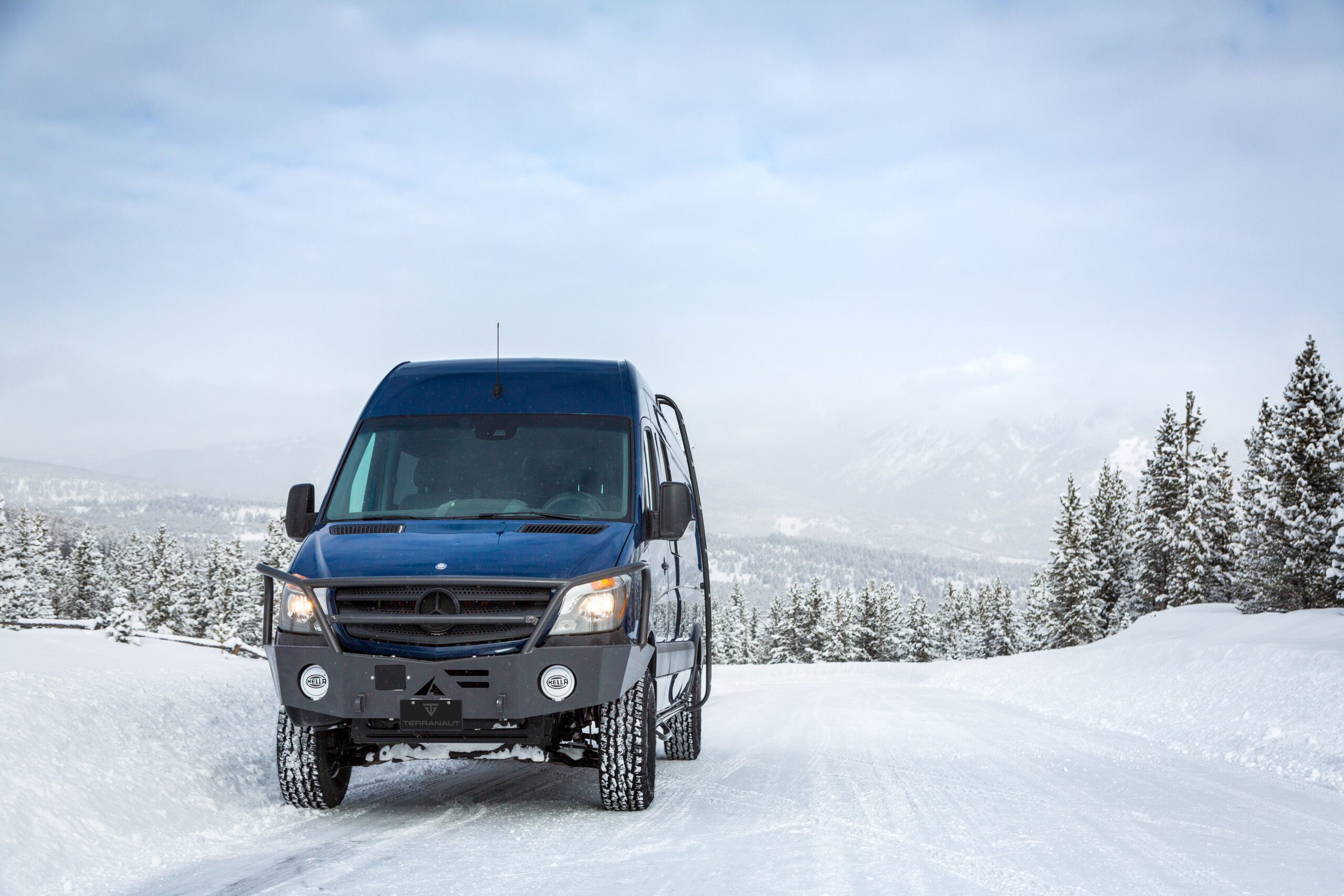
One note regarding jacks – either bottle jacks or HiLifts – when you need to jack up your vehicle in snowy conditions, you may find that the jack sinks down, rather than lifting the truck up. Soft surfaces demand more surface area for the base of your jack. Sturdy wooden planks or dedicated attachments will help spread out the force of the jack, helping to get your vehicle in the air safely.
Should you be traveling solo in the winter, a winch is not a bad idea – it requires a much more significant investment in your vehicle, particularly with regards to fitting a winch-capable bumper, and the winch itself. But, for efficient self-recovery, especially when it’s well below freezing, there is no better tool. Make sure your winch has been maintained properly, and that you possess the knowledge to use it safely.
Taking The Next Steps
In addition to these 4WD-specific steps, you should also be packing the right tools for your vehicle, and the other general gear that makes a wilderness trip possible and safe in the other three seasons. Now that we’ve got your rig in shape to brave the cold, in the next installment we’ll dive into how to make your experience in a winter camp that much more enjoyable.
